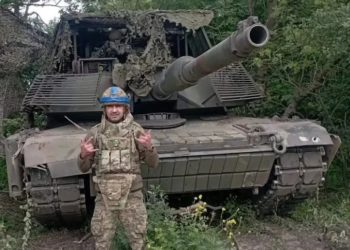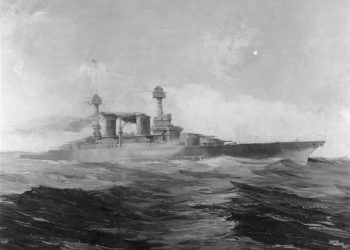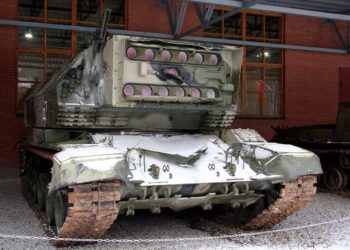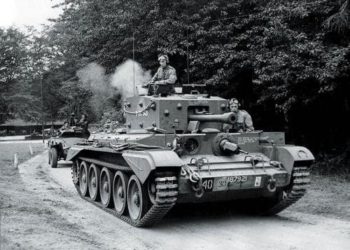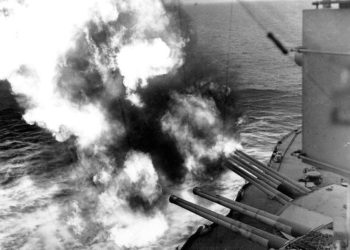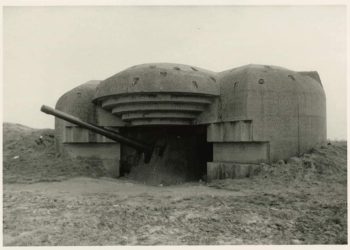The Torpedo Shell Crisis of 1886

From the early 1870s to the mid-1880s, many innovations transformed artillery systems: Cast iron projectiles gave way to steel ones. The shells went from being spherical to cylindrical. Muzzleloading pieces gave way to breech-loading ones.
Evolution of Artillery
Finally, black powder was replaced by more stable but much more powerful chemical explosives. The end results meant that within a decade or so, artillery platforms gained in range, power, and lethality. These dramatic improvements, however, were not without their challenges and controversies, leading to what became known as the Torpedo Shell Crisis of 1886.
One of the significant issues was the introduction of the torpedo shell. This new type of artillery munition was designed to combine the best features of the traditional cannonball and explosive shell. It was elongated and fitted with a powerful explosive charge, intended to penetrate armor and detonate inside the target.
Challenges and Controversies
The primary challenge with the new shell was its stability. Early versions had a concerning tendency to explode prematurely, posing a significant risk to the gun crew and the artillery piece itself. The instability was primarily due to the more sensitive chemical explosives used in the new shells compared to the older black powder versions.
Additionally, there were debates over the optimal design and materials for the torpedo shells. Engineers and military officials struggled with striking the right balance between lethality, range, and safety. Different nations experimented with various designs, leading to a lack of standardization that further complicated matters.
The crisis came to a head in 1886 when several catastrophic failures occurred during testing and actual combat. These incidents raised alarm across military establishments worldwide and led to a re-evaluation of artillery shell design and manufacturing processes.
Re-evaluation and Resolution
In response to the crisis, several measures were implemented to improve the safety and effectiveness of artillery shells. Standardized testing procedures were developed to ensure the stability and reliability of the explosives used. Engineers also made advances in shell design, incorporating safety features like delayed fuses and better materials to withstand the stresses of firing.
By the late 1880s, these efforts began to yield results, with safer and more reliable torpedo shells being produced and adopted by various military forces. The lessons learned from the Torpedo Shell Crisis of 1886 played a crucial role in advancing artillery technology and set the groundwork for future innovations in the field.
Ultimately, the crisis underscored the importance of rigorous testing and continuous improvement in military technology. It highlighted the need for collaboration between engineers, scientists, and military officials to address the complex challenges posed by new innovations.
The torpedo shell crisis of 1886 was a pivotal moment in the history of artillery development, demonstrating the twin edges of technological progress – the significant advancements it brings and the unforeseeable challenges it poses.


